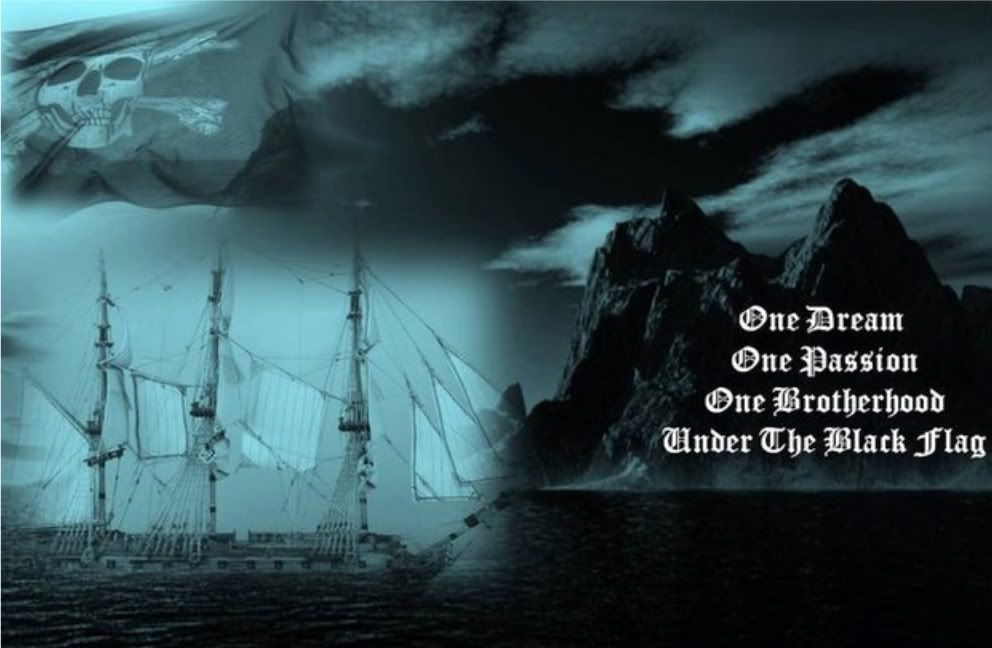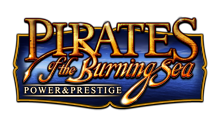Captain John Gow by Pauline
biographies, Captain John Gow 11:40 π.μ.
 |
| The Execution Dock, where John Gow's adventures came to an end |
The place and date of Gow’s birth are the first things up for debate. Some researchers simply go with “unknown” while others state where and when. The general consensus is that he was born in the later part of the 1690s and the port city of Stromness, Orkney seems proud to claim him as a native son. Gow’s education is also a mystery. There are writers who mention him having “school mates” which would lead one to believe he actually went to school. The area he grew up in and his family’s station in a highly class oriented society puts that theory on wobbly legs as well. What is certain is that Gow went to sea at a young age.
By the summer of 1724, Gow was on the books of the merchant vessel Caroline as Second Lieutenant. Her home port was listed as Dunkirk and her Captain was a Frenchman named Ferneau or Furneaux who seems to have followed the general pattern of merchant captains of the era. He shipped a surprisingly small crew, put in light and at least partially rotten stores and kept his people hard at work to meet delivery deadlines. By fall, things aboard Caroline were anything but pleasant. As the crew began to mutter about mutiny over their salt horse, Ferneau doled out pistols to his Lieutenants for protection against the men.
After delivering cargo in November, Caroline lay at anchor off Vera Cruz when the discontent among her crew came to a head. Late on the evening of the 3rd, crewmen slit the throats of the First Lieutenant, Master and ship’s doctor while they lay asleep. The doctor managed to stagger up on deck and sound the alarm before being thrown overboard. Captain Ferneau came up to see what was amiss and was shot in the face by John Gow. Though certain writers spend a lot of words arguing that Gow was more or less drawn into the mutiny against his better judgment, three facts tend to argue against that scenario. The first is that Gow killed his Captain, the second is that Gow was elected commander by the mutineers and the third is that Gow led his men straight into prize taking. It could easily be argued that Gow led the mutiny himself and perhaps even proposed turning pirate thereafter.
On November 18th Caroline, now renamed Revenge, took a small fishing or merchant vessel off Cape St. Vincent. Everything – including men – was commandeered and Gow had the prize scuttled. Thus began a series of progressively larger vessels taken, boarded, ransacked for plunder and then sunk by Gow aboard Revenge. The Bay of Biscay was a particular favorite hunting ground and within two months the French Navy was hot on the trail of the pirate ship Revenge.
Knowing the political situation between Britain and France, Gow turned his ship home to Orkney where he figured the French would not follow. His hunch paid off. Revenge – again renamed, this time as George – masqueraded as a merchant and dropped anchor in the port of Hamnavoe in January of 1725. Gow went ashore as Mr. Smith, owner but not captain of George, and spent money like landed gentry. The authorities began to take note of this odd behavior when a member of Gow’s crew deserted to another merchant vessel and told the bloody tale of the former Caroline’s exploits.
Gow weighed anchor and began to cruise the local coast, raiding wealthy homes rather than taking prizes on the water. The authorities issued warrants against Gow and his men after they plundered the country home of Robert Honeyman of Gramersay taking away plate and linen and scaring if not actually accosting the gentleman’s wife and daughter. This ill advised act was followed by the kidnapping and brutalization of two girls from the village of Cava. Gow then planned another land raid, seemingly without thought of repercussion, but this time his luck ran out.
Revenge grounded within sight of Gow’s target, Carrick House, and the King’s guards rushed in to take the ship. Gow escaped with some of his crew, but they were hunted down, put in chains and shipped to London’s Marshalsea Prison. Most of the prisoners confessed their crimes out right and all pointed to Gow as their commander. For his part, John Gow refused to plead guilty or not guilty. In the legal jargon of the era, this meant that the courts could not mount a trial against Gow. The only recourse was torture.
The thumbscrews were used first to no effect. Apparently years at sea hardened a man to certain discomforts. When the bailiff became frustrated and threatened Gow with the torture of pressing – being laid out naked on a stone floor with a board the size of a door on top of one whereon progressively heavier weights would be piled until one died – the pirate cracked. Hanging must have seemed far more attractive than days of misery under the press board. Gow pleaded not guilty.
The outcome of the subsequent trial at the Old Bailey was a foregone conclusion. Gow and his men were found guilty and sentenced to hang on June 11, 1725. Gow must still have had a few coins in his pockets because he paid off the executioner to have a man hang on his legs while he dangled at the end of the rope to ensure a quicker, death. The plan backfired when the rope broke. Gow, dazed and purple, was herded back up the gallows, fitted with a new noose and hung again, this time without benefit of added weight. He reportedly continued to kick for some eight minutes.
Gow’s body was tarred, gibbeted and displayed on the banks of the Thames for over a year. A romantic story sprang up during that time that Gow’s lady love from Stromness sailed and then walked to London. There she found her intended’s body and touched its hand in order to release herself from the promise they had made to marry at the so called Odin Stone near Stenness, Orkney. What became of the lady, whose name is given as Helena Gordon, is unknown.
John Gow’s short and decidedly brutal career is not terribly unusual in the big scheme of piratical events. But his name is remembered and, in large part thanks to Sir Walter Scott’s poem The Pirate in which Gow becomes the elegant Captain Cleveland, his legend lives on.
http://paulinespiratesandprivateers.blogspot.com/2010/11/people-orkney-pirate.html












